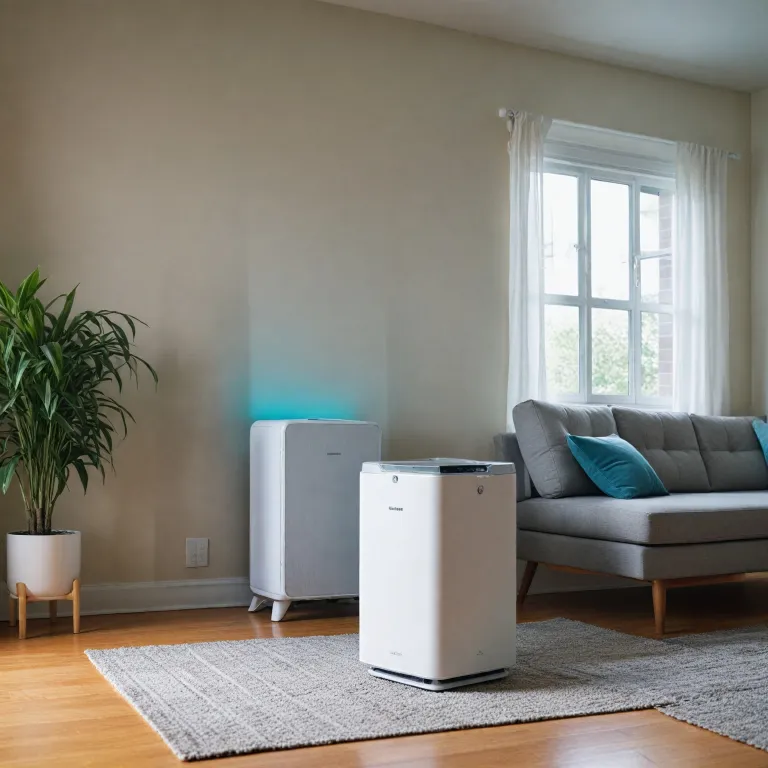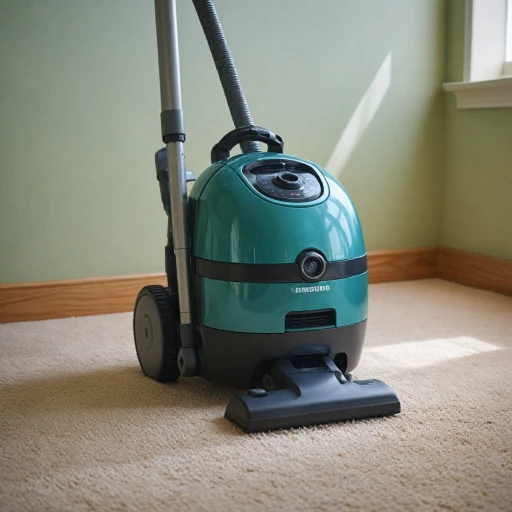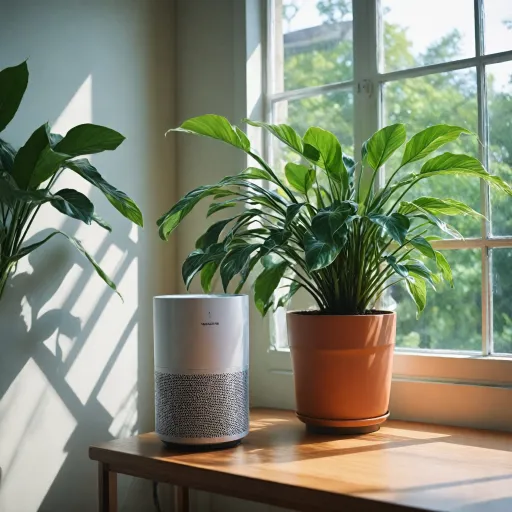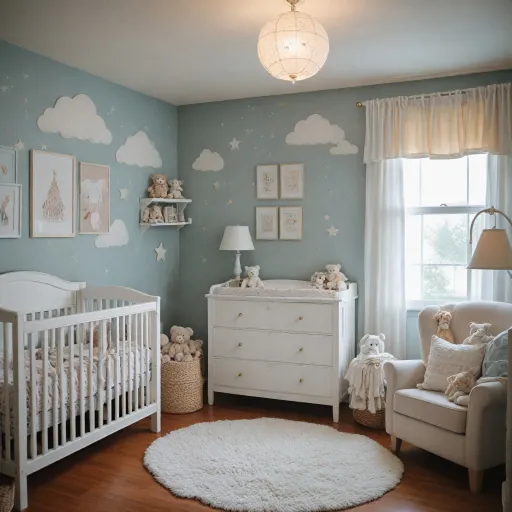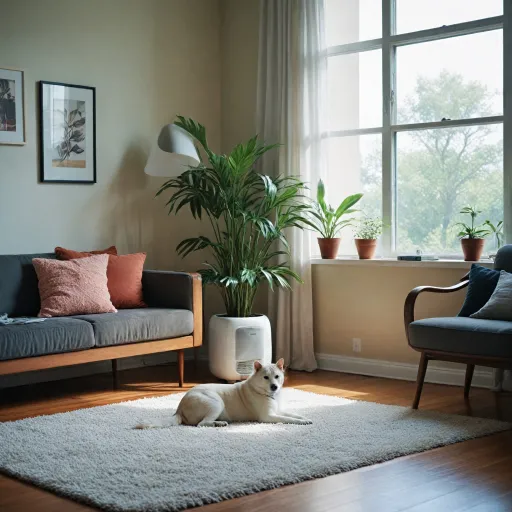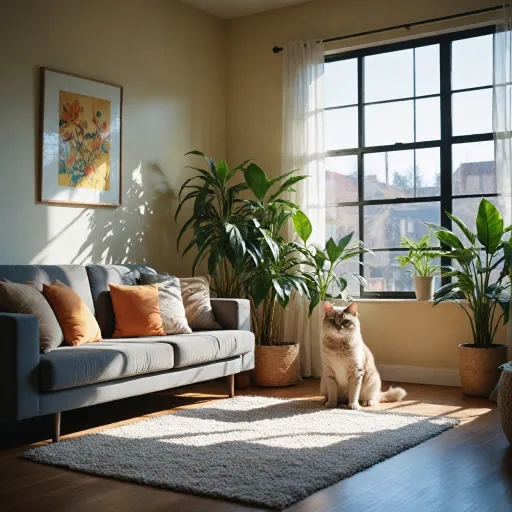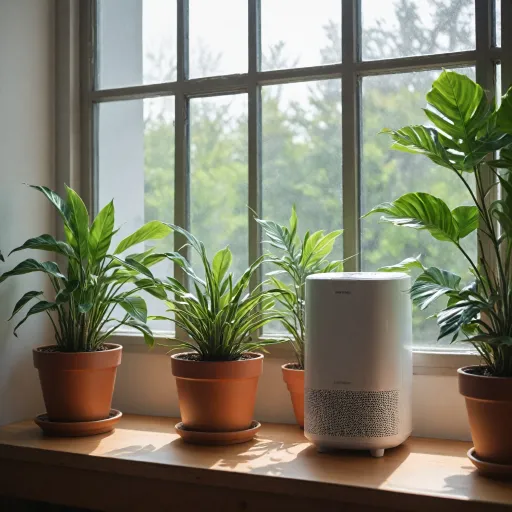
What Are HEPA and MERV Ratings?
Decoding Air Purifier Standards
When you're on the journey to improve your indoor air quality, understanding the ratings associated with various air filters can be crucial. Two common terms you might come across are HEPA and MERV ratings. These ratings are used to measure the performance of air filters in capturing particles of different sizes. HEPA, which stands for High Efficiency Particulate Air, is a standard that air purifiers use to trap particles as small as 0.3 microns with an efficiency of 99.97%. This type of filter is often touted for its ability to capture small, fine particles that can be missed by other types. On the other hand, MERV, or Minimum Efficiency Reporting Value, is a scale that was developed to rate the overall effectiveness of air filters. The MERV rating system ranges from 1 to 20, with higher numbers indicating a greater capacity to trap larger particles. For a deeper dive into the differences between HEPA 13 and HEPA 14 filters, which also play a pivotal role in air purification, you can follow this informative link. It delves into the nuanced differences and helps guide your selection process. Choosing the right air filter for your needs depends on the size of particles you are targeting. If you're dealing with larger particles like dust or pollen, a MERV filter might be sufficient. However, if you need to capture smaller particles such as smoke or bacteria, a HEPA filter is more suited. Stay tuned as we explore more about the science behind these filters and how to choose the one tailored to your home or office requirements.The Science Behind HEPA Filters
How HEPA Filters Achieve Superior Air Quality
The HEPA filter, renowned for its high efficiency in capturing airborne contaminants, stands out in the realm of air filtration. This HEPA air filter is designed to meet stringent standards, as the acronym itself—High Efficiency Particulate Air—suggests. By capturing 99.97% of particles sized 0.3 microns or larger, it significantly enhances air quality, especially in environments where air purity is crucial.
HEPA filters work through a combination of three primary mechanisms. First, larger particles are trapped through impaction, where they collide directly with filter fibers. Next, interception comes into play when particles move within one radius of a filter fiber and get caught. Lastly, diffusion is effective for very small particles, which collide with gas molecules and change trajectory, increasing the chance of getting trapped by the filter.
This high-level filtration isn't just reserved for air purifiers. HEPA filters find their place in HVAC systems, ensuring indoor air quality is maintained at premium levels, boosting human health and comfort. Despite their exceptional capability to trap particles, HEPA filters don't filter gases or odors, hence the need to consider other special filter media if these are a concern.
Understanding the type of particles HEPA filters can trap is vital. From large particles like pollen and dust down to small particles less than a micron, their range of filtration is comprehensive. This makes them suitable for various applications, from homes to medical facilities.
The HEPA rating system ensures consumers can trust the filter’s quality, adhering to efficiency standards that guarantee its air purification capabilities. When considering an air purifier for your needs, HEPA filters are a hallmark of efficiency and reliability, making them an excellent choice for maintaining superior air quality.
Understanding MERV Ratings
The Importance of MERV Ratings in Air Quality
When it comes to evaluating the efficiency of air filters, MERV ratings play a crucial role. The MERV, or Minimum Efficiency Reporting Value, provides a standardized measurement of how effectively an air filter can trap particles of various sizes. This rating system is crucial for ensuring that the air filters used in HVAC systems, such as those in your home or office, maintain high air quality by capturing a wide range of particles. MERV ratings range from 1 to 16 and cover filters designed to capture particles sized from 0.3 to over 10 microns. The higher the MERV rating, the greater the filter's ability to trap smaller particles. This means that filters with a higher MERV rating can catch finer particles, which is essential for maintaining indoor air quality and protecting sensitive respiratory systems. Understanding these ratings is vital when selecting the appropriate air purifier for your specific needs. While HEPA filters are often touted for their exceptional ability to capture particles as small as 0.3 microns with the highest efficiency, MERV filters offer a broad scope. They capture particles in ranges that include larger particles, enhancing the air quality in indoor spaces. Selecting air filters with the right MERV rating depends on your specific needs and the type of particle filtration required. For broader applications, such as in residential settings or less sensitive environments, filters with a MERV rating between 8 and 13 are generally sufficient for effective filtration of dust, pollen, and other large particles. To optimize your air purifier's performance, understanding the MERV ratings helps in choosing the right filter that aligns with the level of air quality you aim to achieve. Exploring the benefits of air purifiers made in America can also provide insight into selecting high-quality, efficient air purification systems.Comparing HEPA and MERV: Key Differences
Distinguishing HEPA from MERV Ratings: Core Variances
When it comes to air purification, understanding the distinct differences between HEPA and MERV ratings is pivotal. While both pertain to air filters and their ability to trap particles, they differ fundamentally in scope and application. HEPA, short for High Efficiency Particulate Air, filters are renowned for their ability to capture at least 99.97% of airborne particles sized 0.3 microns or larger. This efficiency makes HEPA filters an ideal choice for settings requiring high air quality, such as hospitals and cleanrooms. The HEPA filter's media is specifically designed to target even the smallest particles, ensuring superior trapping capacity for a broad range of particle types. On the other hand, MERV, or Minimum Efficiency Reporting Value, provides a broader scale of ratings, extending from 1 to 20, which evaluate an air filter's effectiveness. MERV ratings are especially relevant for HVAC systems, offering insights into a filter's capacity to capture particles of varying sizes—from those as large as 10 microns to those as small as 0.3 microns. The primary difference between the two lies in their filtration efficiency and application. While HEPA filters guarantee a specific efficiency for minuscule particles, MERV filters provide a flexible range, allowing users to select filters based on needed filtration steps and particle sizes. In practical application, choosing between a HEPA air filter and a MERV filter often depends on individual needs and the specific contaminants targeting. For those seeking notable improvements in indoor air quality, understanding these differences can help make an informed decision that aligns with personal requirements and the environment in which the air purifiers will be used.Choosing the Right Air Purifier for Your Needs
Determining the Best Match: HEPA vs. MERV
When selecting an air purifier, it's essential to assess both HEPA and MERV ratings to ensure the best fit for your specific needs. A HEPA filter is renowned for its high efficiency, usually capturing particles as small as 0.3 microns, making it ideal for trapping allergens, dust particles, and even some bacteria. If you have a need for higher air quality in spaces where health concerns are priority, HEPA air purifiers are often considered the gold standard. In contrast, MERV ratings provide a range, typically from 1 to 16, indicating the air filter's ability to capture different sized particles. MERV filters are commonly used in HVAC systems, offering a broad spectrum of filtration from larger particles at lower MERV ratings to smaller particles at higher ratings. A MERV filter with a rating between 13 and 16 may start to approach the filtration efficiency of a HEPA filter, effectively capturing smaller particles such as smoke and fine dust. Thus, the type of air purifier you choose will largely depend on your environment and specific needs:- For allergy sufferers and sensitive individuals: A HEPA filter is advisable due to its superior ability to trap smaller particles like pollen and pet dander.
- For general home use, focusing on dust and larger particles: A MERV filter, especially with a rating around 8-12, may suffice and integrate well with existing HVAC systems.
- For commercial or high-risk settings: Consider combining HEPA filters with high-rated MERV filters to achieve comprehensive indoor air quality management.
Maintaining Your Air Purifier for Optimal Performance
Essential Maintenance Tips for Optimum Air Purifier Functionality
When you invest in an air purifier, whether it employs HEPA filters, MERV filters, or a combination of both, regular maintenance is crucial to ensure the unit's longevity and effectiveness in trapping particles.
- Regular Filter Changes: The backbone of any air purifier is its filter media. Most HEPA and MERV filters need changing every 6-12 months depending on usage and indoor air quality. As a rule of thumb, watch for signs like reduced air flow or a filter that’s visibly dirty.
- Cleaning Pre-Filters: Some air purifiers come with pre-filters to trap larger particles. These should be cleaned or replaced frequently as per the manufacturer’s guidelines to maintain efficiency.
- Avoid Overloading: Ensure that the purifier is the right size for your room to avoid unnecessary wear on the filters and the system itself. Overloading can reduce filter efficiency and increase running costs.
- Track Filter Efficiency: Knowing the MERV rating or HEPA filter strength (down to 0.3 microns in some cases) helps in understanding when the filter’s efficiency might be compromised.
- Maintain the HVAC System: If your purifier is integrated with an HVAC system, regular maintenance of the HVAC system is necessary. This includes checking for proper function and ensuring ducts are clean.
- Monitor Indoor Air Quality: Utilize air quality monitors to check if your air purifier continues to work effectively, especially in areas with high particle concentration.
- Perform Routine Inspections: Regularly check for any unusual sounds or performance issues that may indicate the need for maintenance or repair.
With these maintenance practices, you can optimize the performance of your air purifier, ensuring that your indoor environment remains as clean and healthy as possible.
